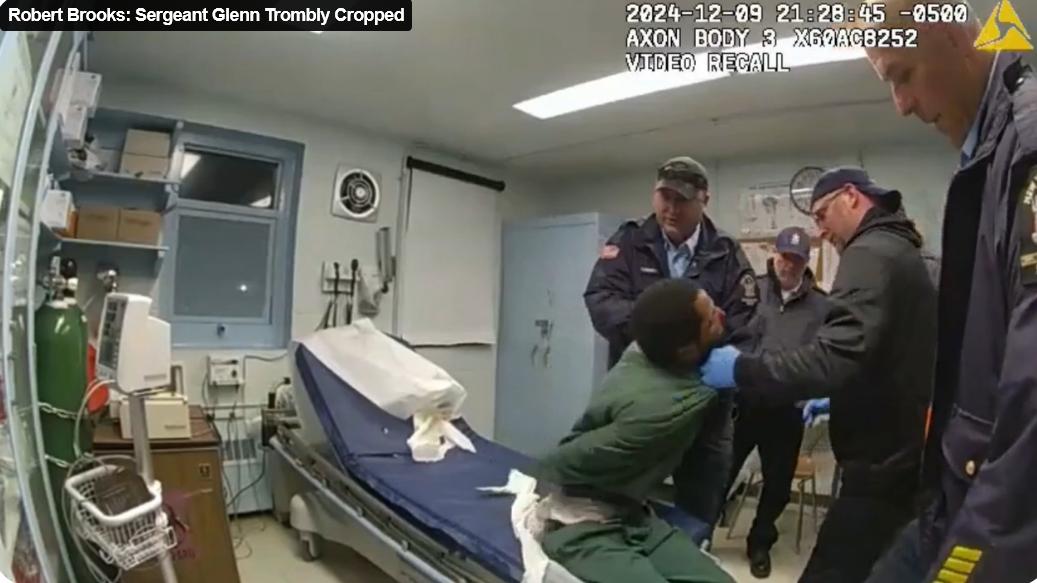Photo: AHCA
The American Health Care Association representing more than 14,000 nursing homes and other long term care facilities across the country that provide care to approximately five million people each year and LeadingAge, the association of more than 5,000 mission-driven aging services providers including nursing homes, today released a reform agenda, the Care For Our Seniors Act, to address long-standing challenges affecting the quality of care provided in America’s nursing homes.
The COVID-19 pandemic has exposed and exacerbated systemic issues impacting the nursing home sector, such as workforce shortages, aging physical plants, and underfunded government reimbursements for care. Many of these issues were raised by AHCA, LeadingAge and other stakeholders for years prior to COVID but were never fully addressed by policymakers. Through the Care For Our Seniors Act, AHCA and LeadingAge are calling on lawmakers once again to help resolve systemic challenges, as well as reflecting on ways nursing home providers themselves can improve.
“The pandemic has been an unprecedented tragedy with long term care facilities being at the epicenter of the crisis,” said Debbie Meade, chair of the board of directors of AHCA. “We have seen long-standing challenges exacerbated among our facilities and without serious reform, we risk more crises in the future. The Care For Our Seniors Act pinpoints the biggest issues facing our industry and provides bold, transformative and meaningful solutions that can ensure something like the COVID-19 pandemic never happens again.”
“The long term care system that serves our elderly has been too-long ignored in this country. That is untenable and does not reflect who we are as Americans. Now is an opportunity to fund what our country values,” said Carol Silver Elliott, chair LeadingAge’s board of directors, and president and CEO of Jewish Home Family. “Quality care that honors the dignity of each of us must be our top priority; ensuring consistent access and delivery in safe environments must be our shared goal.”
The Care For Our Seniors Act has four main reform principles with policy proposals in each of the key areas:
- Clinical: Enhance the quality of care in nursing homes by developing clearer standards for infection preventionists, requiring that each nursing home have a registered nurse on-staff, 24 hours per day, and requiring a minimum 30-day supply of personal protective equipment in all nursing homes.
- Workforce: Strengthen and support our frontline caregivers by implementing a multi-phase tiered approach to attract, retain and develop more long term care professionals leveraging federal, state and academic institutions.
- Oversight: Implement improvements establishing a more resident-driven system by developing an effective oversight system and processes that support better care and protect residents. This would include implementing a process to help turn around or close facilities that are chronic poor performers and adding customer satisfaction to the government’s five-star rating system to help monitor the quality of a facility for family members and guide consumer choice.
- Structural: Modernize nursing homes by conducting a national study on how to shift to more private rooms, which promote resident privacy, autonomy and dignity, as well as support infection control best practices.
AHCA and LeadingAge say reform will be costly, but long overdue. The nursing home sector has been facing a financial crisis for years due to low Medicaid reimbursements, the primary coverage for nursing home residents. With providers dedicating extensive resources in response to COVID and a significant drop in new residents moving in, the financial shortfalls have only worsened. Each policy proposal in the Care for Our Seniors Act must include government resources, and AHCA and LeadingAge propose several interrelated investment strategies to help reinvest in America’s nursing homes to ensure quality care, including:
(1) Enhanced Federal Medical Assistance Percentages (EFMAP): Increased federal Medicaid funds are provided to states to pay for the mandatory nursing facility benefit, with requirements that additional federal funds be used for nursing facility rates.
(2) Federal Framework for “Allowable Cost” or “Reasonable Cost”: Establish federal guidelines for state allowable cost definitions.
(3) Medicaid Rate Adequacy Requirement: Medicaid rates are brought up to equal the cost of care and subsequently updated regularly to keep pace with increases in costs of care.
(4) State Nursing Facility Value-Based Purchasing (VBP) Committee & Required Design Report: The state will be required to form and maintain a state health plan and nursing facility VBP committee with specific guidelines and deadlines to submit reports. This offers the potential for additional resources.
“Congress should immediately enact these solutions to deliver the change our long term care systems needs right away,” said Katie Smith Sloan, president and CEO, LeadingAge. “To effect these changes, we need to professionalize the direct care workforce to attract more people to the field. The long-term care workforce is our most valuable asset and our most critical challenge.”
“With a growing elderly population soon needing our services, the moment is now. We must pay tribute to all those who lost their lives to this vicious virus and resolve to bring forth a brighter future,” concluded Mark Parkinson, president and CEO of AHCA. “We have already seen what progress can be made when policymakers come together to make long term care residents a priority and through these reforms, we can significantly improve the quality of care for our current residents and generations to come.”
To learn more about the Care For Our Seniors Act, please visit www.ahcancal.org/solutions.
For more information visit leadingage.org.






